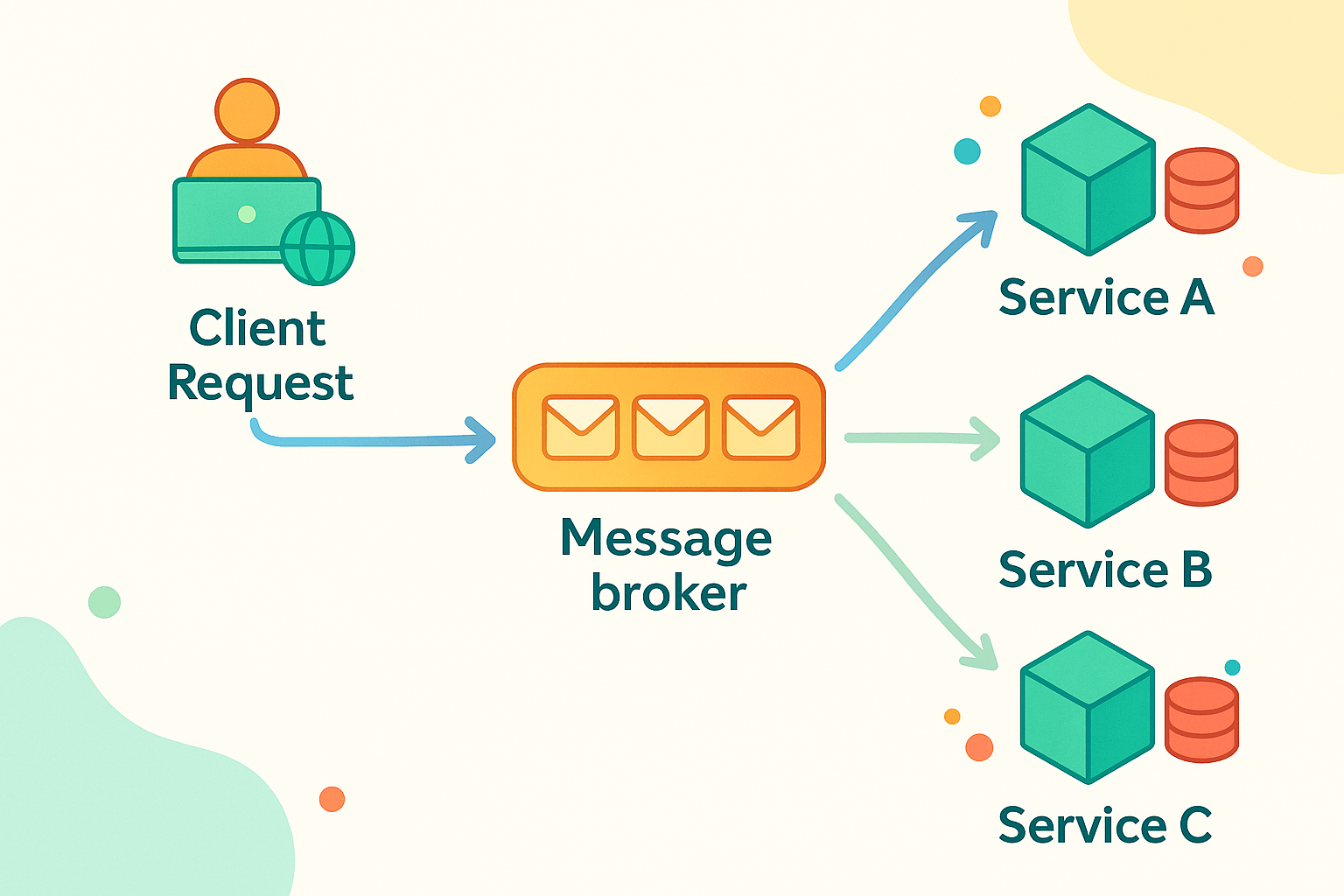WAF Choreography Pattern
July 2, 2025•255 words•2 min read•
azure
design patterns
operational excellence
performance efficiency

| Category | Description | WAF Description |
|---|---|---|
| What | A decentralized approach to service orchestration where each participant reacts to events and independently coordinates its part in a workflow. | Enhances reliability and scalability by removing a central orchestrator, reducing single points of failure and improving system agility. |
| Used with | Event-driven architectures and microservices, especially when workflows can evolve independently across services and benefit from loose coupling. | Supports performance efficiency and operational excellence through service autonomy and easier scaling across components. |
| When | When you want services to operate independently and communicate through published events rather than direct requests or centralized workflows. | Encourages modular, fault-tolerant design—reducing complexity in coordination logic and increasing reliability and agility. |
| Not Suitable For | Highly structured workflows that require strict ordering or error recovery logic, or when centralized control and visibility are essential. | May reduce observability and make complex workflows harder to debug or manage, affecting operational excellence and reliability if not offset with good monitoring and tracing. |
| Related To | Orchestration Pattern, Event Sourcing, Saga Pattern, Pub/Sub, Message Broker. | Ambassador pattern, Queue-Based Load Leveling pattern, Publisher-Subscriber pattern, Compensation Transaction pattern |
A basic implementation of the Choreography Pattern can be found here.
The full WAF description of the pattern can be found here.